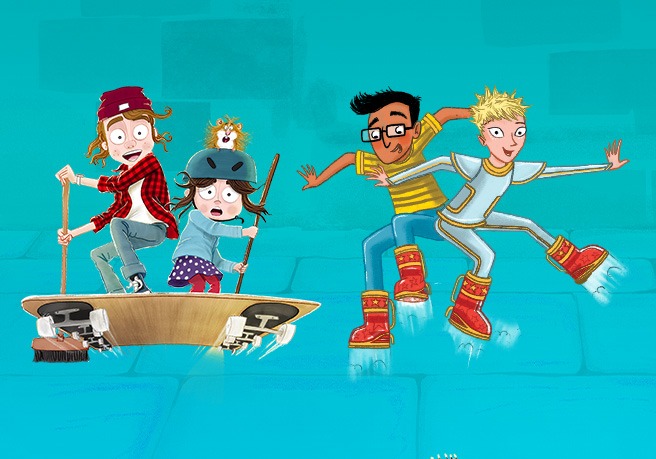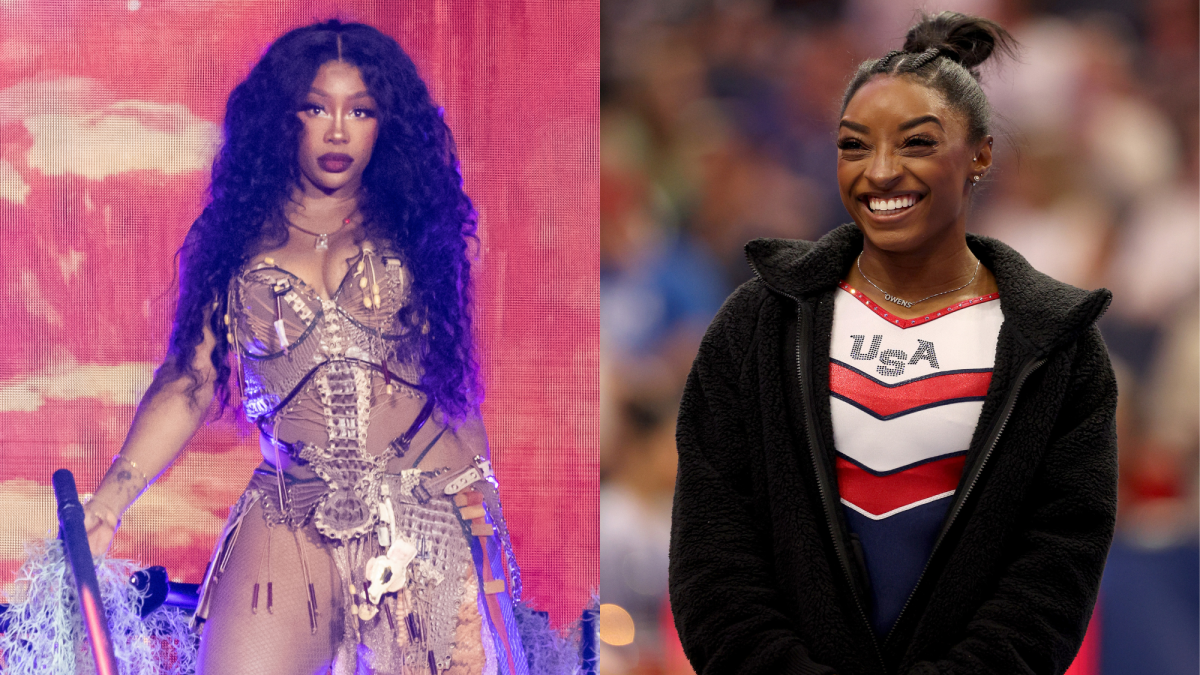Researchers create coloring book about Purple Line

By LILLIAN GLAROS
Children and adults doodled with colored pencils, crayons and markers in free coloring books at the University of Maryland (UMD) Clarice Smith Performing Arts Center on June 28 and learned about the impact the construction of the Purple Line is having on Riverdale residents.

PHOTO CREDIT: Lillian Glaros
The 14-page coloring book, Transit and transition: A bridge to rapid changeis based on research conducted by a group of UMD-based organizations and others on public attitudes toward the implementation of the Purple Line and its potential impact on housing prices, jobs, and the mental health of local residents.
“The idea was to talk to people in the community about their views on the Purple Line and the changes in the neighborhood and create something useful to reflect that information,” said Sheila Somashekhar, director of the Purple Line Corridor Coalition at UMD and co-leader of the project.
The coalition, along with the Transverse Cooperative, the Clarice Smith Performing Arts Center and the UMD School of Public Health, presented the coloring book to more than two dozen attendees at an hour-and-a-half-long event in the Cafritz Foundation Theater at the Clarice.
The project was a way to spark discussions about the development of the Purple Line, said Somashekhar, who noted that a coloring book is a way to make research findings accessible to audiences outside of academia.
“I also hope that … we think about what research looks like and what research can mean, not just in the traditional way of, ‘We’re going to do research and publish in a journal,’ but that we do research that is … open to the public,” she said after the event.
Other groups, including the UMD Center for Health Equity, Greater Riverdale Thrives, the Latin American Youth Center and the Central Kenilworth Avenue Revitalization Community Development Corp., also participated in the project.
The event began with a documentary summarizing the collaborative research that formed the basis of the project, funded by a Healthy Places Startup grant from UMD’s Departments of Public Health and Architecture, Planning and Historic Preservation.
Next up was a reading session from the coloring book. Ellie Yanagisawa, one of the coloring book artists, walked around the room passing the microphone to interested young and adult readers who recited lines from the book such as, “The Purple Line promised investment in the community, but will we see the benefits?”
“The fact that (the artists) had us read aloud and that the kids were so relaxed about it – incredible,” said Stephen Thomas, director of the UMD Center for Health Equity and co-investigator on the project, after the event. “They walk around with their books:
her Books, not their parents’ books. For me, that is the ultimate success.”
Yanagisawa and co-artist Camila Tapia-Guilliams explained the design process and decisions behind the coloring book.
“It was just this wonderful collection of stories, fears, hopes and dreams that we heard from people, and it was kind of up to us… to just go through all the interviews and piece together a narrative from there,” Yanagisawa said.
The artists said they expressed the community’s feelings on paper, such as the impact of noise pollution from construction and the desire for more green space and affordable housing around the above-ground light rail, which is scheduled to open in late 2027.
Tapia-Guilliams, a 2019 UMD graduate who lives in Rockville, witnessed the construction of the Purple Line while studying in College Park.
“The entire time I was a student, the campus was plagued by construction, and it was very disruptive,” Tapia-Guilliams said after the event. “It just seemed like it was difficult to find quiet outdoor spaces on campus that were easily accessible.”



